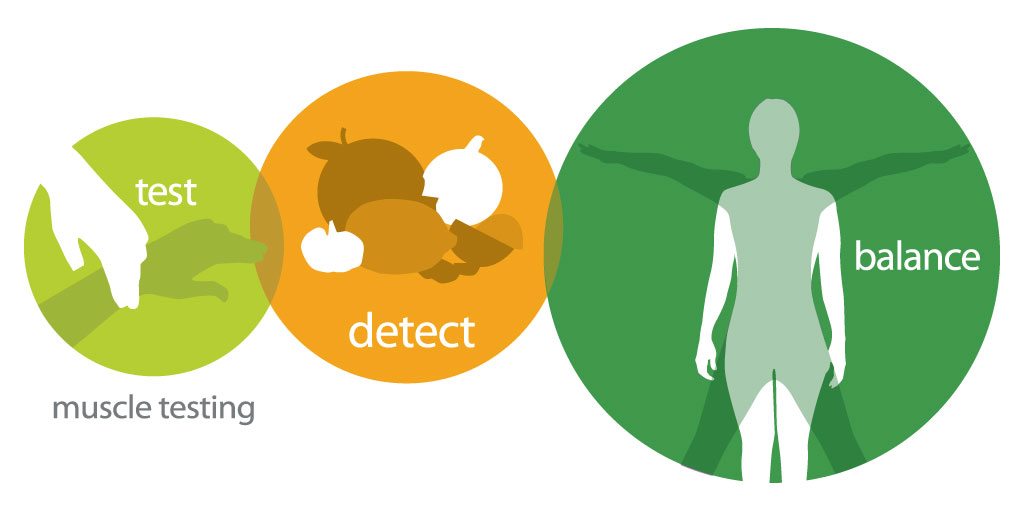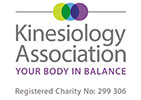What is Kinesiology?
People often ask me – What is Kinesiology or they ask me how it’s pronounced. It’s important to remember that ‘esi’ or ‘easy’ is in the middle.
So, it’s Kin – easy – ology, this makes it easier to say and know that it’s really easy to learn.
Kinesiology is another name for Muscle Testing. It’s also known as Manual Muscle Testing, Energy Medicine or Muscle Response Testing. Kinesiology is a great path to better health using emotional, nutritional, structural techniques and a host of other tools and techniques.
Because it evaluates various aspects of your body, it allows you as the practitioner to present a picture of how the glands, organs, lymphatic system, nervous system, circulation along with the muscles and bone structure are responding energetically.
It important to note that it doesn’t diagnose diseases.
How Does It Work?
The practitioner tests a specific muscle, for example the pectoral major clavicular muscle in the upper chest region is related to the stomach. Therefore, you are looking at the energetic health of the stomach via the stomach meridian and this, its related muscle. Each muscle that I teach has its associated meridian pathway, nutrition, emotion, neuro-lymphatic and vascular points and much more. By working on these different aspects of the body, you correct imbalances using a layered approach and this then gives a more thorough balancing of health.
There are 2 reservoir meridianS and 12 main meridians covered in the Foundation Course and each of these meridians has an association to an organ, emotion, colour, foods etc. There are more than 45 muscles covered and this means that quite a few of the meridians have several muscles that link to it. This means that you can check the energetic health on several different levels.
There are five pathways in the body that work in an intricate and interwoven way. These are the:
- Nervous (Communication) system
- Lymphatic (Cleansing & Immunity)system
- Vascular (blood) system
- Cerebrospinal (Brain/Spine) Fluid
- Meridian (Accupuncture) System
There are also two other pathways that have been added, these are:
- Nutritional
- Emotional



